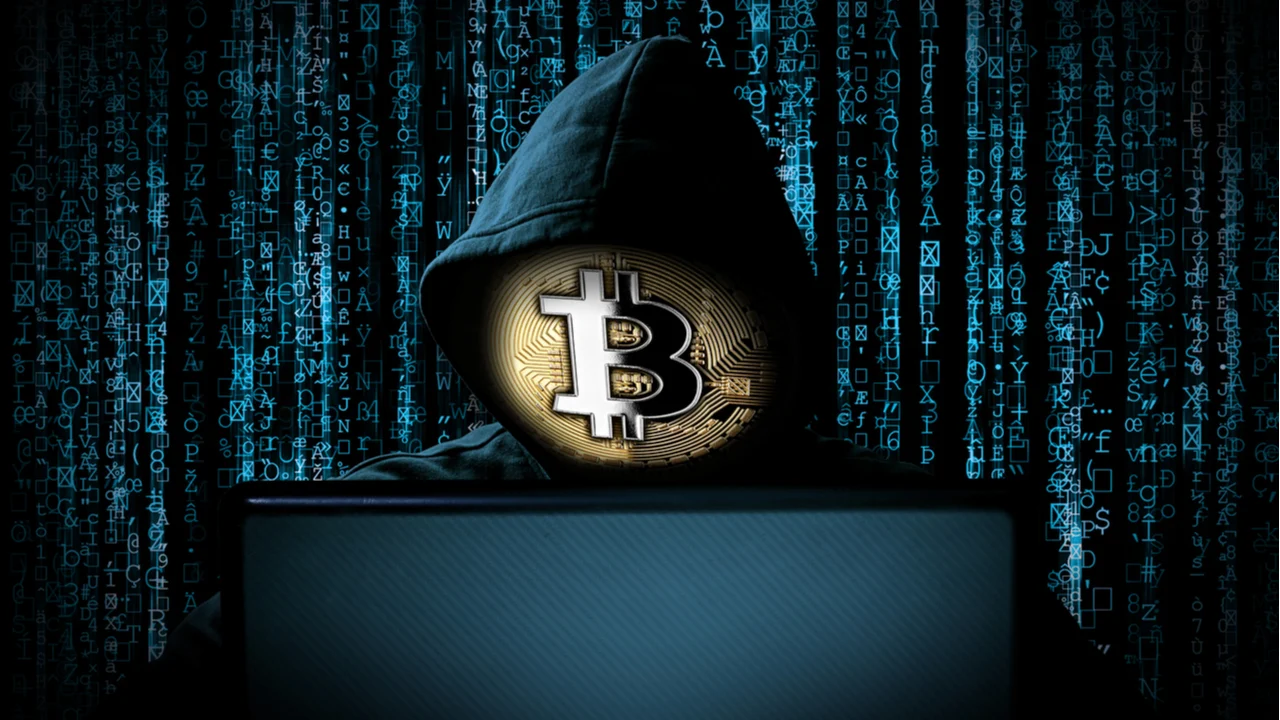As the crypto space continues to grow in popularity, so does the importance of security. With billions of dollars in digital assets stored in wallets across the globe, ensuring those funds are safe from hacks, phishing, and unauthorized access is more critical than ever. Traditional password-based protection is no longer enough. Today, wallet developers and users are turning to biometric authentication and multi-factor authentication (MFA) to safeguard their holdings. These advanced security measures are becoming essential features of the modern digital crypto wallet.
In this article, we’ll explore how biometric and MFA technologies work, why they matter in the crypto industry, and how using a fingerprint wallet or secure authentication setup can help protect your digital assets from threats.
Why Crypto Wallet Security Matters More Than Ever
Crypto wallets are the gateways to your blockchain-based assets. They store private keys—the cryptographic codes that grant access to your coins and tokens. If someone gains access to your wallet, they essentially gain full control of your funds.
With phishing scams, malware, and SIM-swapping attacks on the rise, wallet security must go beyond a simple password or seed phrase. As more users adopt cryptocurrencies for trading, investing, and everyday payments, the demand for high-security digital crypto wallets is increasing fast.
What Is Biometric Authentication in Crypto Wallets?
Biometric authentication uses unique biological characteristics—like fingerprints, facial recognition, voice, or retina scans—to verify identity. This method adds a personalized, non-transferable layer of security that’s extremely difficult to fake or replicate.
Common Biometric Methods:
-
Fingerprint Scanning: The most widely used method in mobile wallet apps, also known as a fingerprint wallet.
-
Facial Recognition: Often used as a secondary layer in smartphones and tablets.
-
Iris or Retina Scans: Less common but gaining traction in high-security applications.
In a fingerprint wallet, your fingerprint replaces or supplements traditional passwords, allowing quick yet secure access to your funds. Many popular mobile crypto wallets now support this feature, enabling users to unlock their wallets or confirm transactions with just a touch.
What Is Multi-Factor Authentication (MFA)?
Multi-factor authentication adds layers of verification to your login or transaction process. Instead of relying on a single security method, MFA combines two or more of the following:
-
Something you know – like a password or PIN
-
Something you have – like a mobile phone or hardware key
-
Something you are – such as a fingerprint or face scan
For example, a user might log into their wallet app using a password (something they know) and then verify a transaction using a code sent to their phone (something they have).
This layered approach dramatically reduces the risk of unauthorized access, even if one factor is compromised. MFA is becoming a standard requirement in many of the top digital crypto wallets to enhance security.
Benefits of Biometric and MFA for Crypto Wallets
✅ Enhanced Security
Using biometrics and MFA adds multiple hurdles for hackers. Even if your password is stolen, your fingerprint or facial scan cannot be easily replicated.
✅ Convenience Without Compromise
Biometric authentication makes secure access faster. No need to remember complex passwords or enter lengthy PINs—just scan and go.
✅ Protection from Phishing and SIM Swaps
Traditional 2FA methods like SMS can be hijacked via SIM-swapping attacks. Biometric-based MFA solutions reduce reliance on insecure methods.
✅ Better User Experience
Top wallet apps combine biometric security with sleek interfaces for an experience that’s both safe and user-friendly.
Top Crypto Wallets Embracing Biometric & MFA Security
Here are some leading digital crypto wallets that integrate biometric authentication and MFA:
🔐 Plus Wallet
-
Offers biometric login via fingerprint and facial recognition
-
Enables optional 2FA via email or authenticator apps
-
Supports cross-chain swaps and self-custody features
🔐 Trust Wallet
-
Includes fingerprint and Face ID support
-
Non-custodial design keeps keys on your device
-
Widely used for mobile DeFi and NFT management
🔐 Coinomi
-
Integrates biometric unlocking for Android and iOS
-
Supports hundreds of coins and tokens
-
Advanced privacy features with no tracking
🔐 Exodus
-
Biometric access on mobile apps
-
Option to integrate with Trezor hardware wallets for added MFA
These fingerprint wallet options are not only practical but essential in today’s cyber threat environment.
Tips for Maximizing Wallet Security
Even with biometric and MFA protections, there are best practices you should follow:
-
Back Up Your Seed Phrase Offline
– Store your recovery phrase somewhere secure and never share it online. -
Enable All Security Features
– Always turn on biometric and MFA features if available. -
Use a Hardware Wallet for Large Holdings
– For maximum protection, pair your digital wallet with a hardware wallet. -
Keep Wallet Apps Updated
– Updates often fix vulnerabilities, so don’t ignore them. -
Avoid Public Wi-Fi
– Only access your wallet over secure internet connections.
The Future of Crypto Wallet Security
Biometric authentication and multi-factor security aren’t just trends—they’re becoming the foundation of next-generation wallet technology. As threats become more sophisticated, the crypto community must evolve beyond passwords and seed phrases alone.
We can expect even more innovation in this space, such as:
-
Palm vein and voice recognition
-
Behavioral biometrics
-
Decentralized ID (DID) integration
These technologies will work hand-in-hand with digital crypto wallets to create a future where managing digital assets is both safe and seamless.
Final Thoughts
The future of crypto wallet security lies in combining human uniqueness with digital sophistication. Biometric features like fingerprint scanning and layered protection through MFA provide robust defenses against evolving cyber threats.
If you want to secure your assets without sacrificing usability, choosing a fingerprint wallet with strong multi-factor support is a smart move. Whether you’re a casual user or a serious investor, the modern digital crypto wallet is more than just a storage tool—it’s your first line of defense in the digital economy.
As crypto adoption grows, make sure you’re not just riding the wave—but doing it securely.
